The Psychology of Art Deco
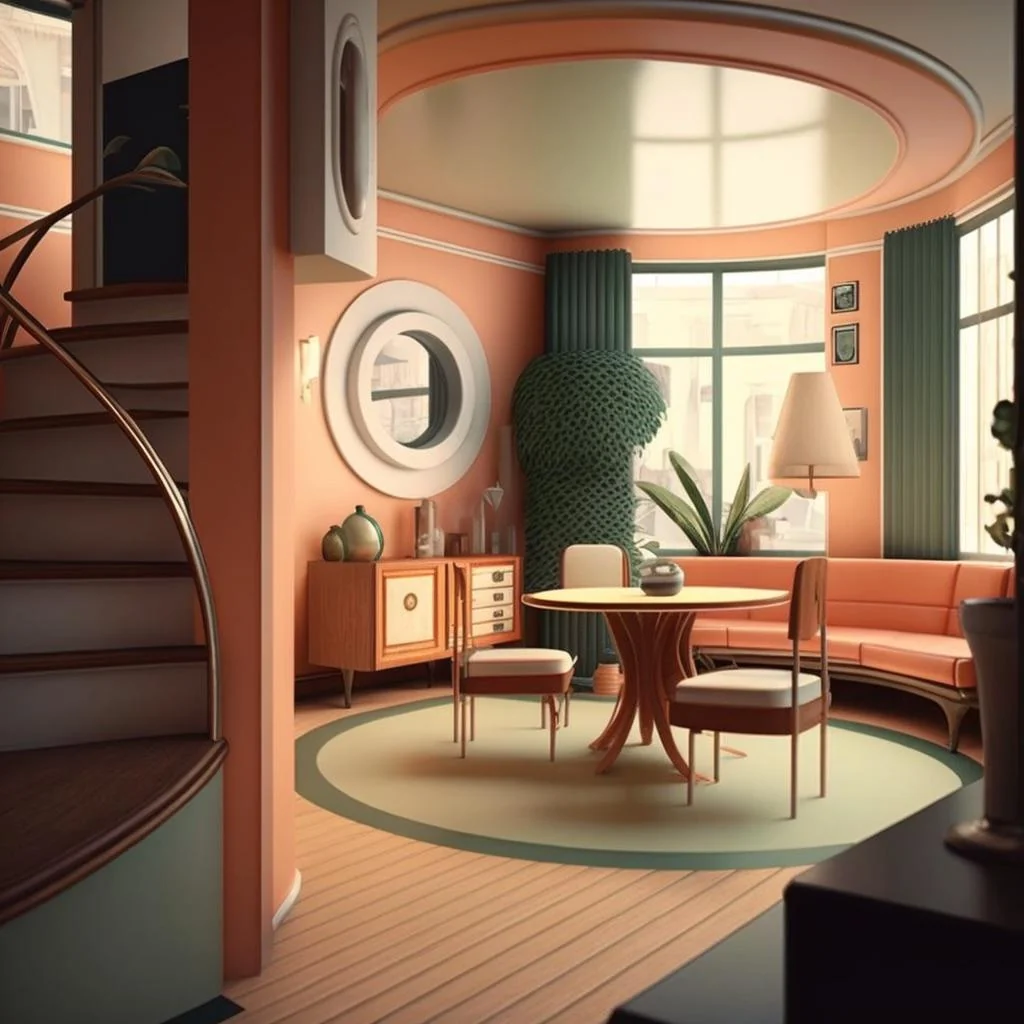
What is Art Deco?
Art Deco, a prominent design movement that flourished in the 1920s and 1930s, represented a bold embrace of modernity, technology, and machine aesthetics. This style, characterized by its sleek lines, geometric patterns, and luxurious materials, left an indelible mark on architecture, industrial design, and the visual culture of the early 20th century. In this exploration, we’ll delve into the origins, characteristics, and psychological underpinnings of Art Deco and its influence on the aesthetics of machines, cars, and technology of the era.
Historical Context and Key Characteristics
Art Deco emerged in the aftermath of World War I, as society sought to move beyond the devastation and embrace a new, forward-looking spirit. The style drew inspiration from a variety of sources, including Cubism, Futurism, and ancient art from Egypt and Mesoamerica.
Key features of Art Deco include:
- Geometric shapes and patterns, such as zigzags, chevrons, and sunbursts
- Sleek, streamlined forms that evoke speed and movement
- Use of luxurious materials, such as chrome, glass, and lacquered wood
- Bold, contrasting colors and dramatic lighting effects
- Incorporation of machine-age motifs, such as gears, wheels, and lightning bolts
- Emphasis on verticality and soaring, skyscraper-like forms in architecture
Cultural Context
The rise of Art Deco coincided with a period of rapid technological advancement and social change. The style reflected a fascination with modernity, speed, and the machine age, as well as a desire to break free from the constraints of the past. Art Deco became a symbol of sophistication, glamour, and progress, shaping the visual landscape of cities around the world.
Technological Advances
Art Deco was heavily influenced by the technological innovations of the time, particularly in the fields of transportation and manufacturing. The streamlined forms of cars, airplanes, and ocean liners inspired designers to create buildings and objects that embodied the same sense of dynamism and efficiency. New materials and production techniques, such as chrome plating and Bakelite plastics, allowed for the creation of sleek, modern designs that celebrated the machine age.
Political Landscape
The political landscape of the 1920s and 1930s, marked by the rise of totalitarian regimes and the looming threat of another world war, also influenced the development of Art Deco. The style’s emphasis on order, symmetry, and power can be seen as a reflection of the era’s political tensions and the desire for stability in an uncertain world.
Key Innovators
Several influential architects, designers, and artists were at the forefront of the Art Deco movement, including:
William Van Alen: American architect best known for designing the iconic Chrysler Building in New York City.
Tamara de Lempicka: Polish painter whose portraits and nudes epitomized the glamour and sophistication of the Art Deco era.
Raymond Loewy: French-American industrial designer who created streamlined designs for a wide range of products, from automobiles to household appliances.
Émile-Jacques Ruhlmann: French furniture designer known for his luxurious and elegant Art Deco pieces.
Related Architectural Styles
Art Deco is closely related to and often overlaps with other architectural styles and design movements of the early 20th century, including:
Streamline Moderne: A later variation of Art Deco that emphasized curving forms, horizontal lines, and nautical elements, inspired by the aerodynamic shapes of modern transportation.
Bauhaus: A German school of design that advocated for a functional, minimalist approach to architecture and industrial design, with an emphasis on mass production and modern materials.
Futurism: An Italian artistic movement that celebrated speed, technology, and the dynamism of modern life, influencing the development of Art Deco’s machine-age aesthetics.
Dialectical Materialist Perspective
From a dialectical materialist viewpoint, Art Deco can be seen as a synthesis of the era’s technological advancements and the desire for social progress. The style emerged from the contradiction between the old world order, shattered by the First World War, and the aspirations of a new, modern society. Art Deco embodied the tension between the celebration of machine-age efficiency and the longing for luxury and escapism in the face of economic and political uncertainty.
Jungian Depth Psychology Analysis
Through the lens of Carl Jung’s analytical psychology, Art Deco can be interpreted as an expression of several archetypes:
- The Hero archetype, representing the conquest of challenges and the pursuit of progress, is evident in the style’s emphasis on verticality and its celebration of technological achievement.
- The Creator archetype, embodying innovation and the power to shape the world, is reflected in the incorporation of machine-age motifs and the use of modern materials.
- The Ruler archetype, symbolizing order, power, and control, is manifest in the style’s symmetry, geometry, and sense of grandeur.
The Art Deco style’s blend of machine-age aesthetics and luxurious ornamentation might be seen as an attempt to reconcile the Persona (the public face) with the Shadow (the hidden, unconscious aspects of the psyche).
Ego Perspective: Assertions and Insecurities
Art Deco asserted the primacy of progress, technology, and modernity in shaping the human experience. The style projected an image of confidence, sophistication, and mastery over the forces of nature and the challenges of the modern world.
However, the movement also revealed certain cultural insecurities. The emphasis on luxury and escapism could be seen as a reaction to the anxieties of the interwar period, with its economic instability and political upheaval. The celebration of machine-age aesthetics might reflect a deeper ambivalence about the impact of technology on society and the individual.
Lasting Influence, Criticisms, and Modern Context
Art Deco has had a lasting influence on architecture, design, and popular culture. Its iconic buildings and objects continue to be celebrated as symbols of a bygone era of glamour and sophistication. The style’s emphasis on streamlined forms and machine-age aesthetics set the stage for the development of mid-century modernism and continues to inspire contemporary designers.
However, Art Deco has also faced criticisms. Some argue that the style’s emphasis on luxury and ornamentation was elitist and out of touch with the economic realities of the time. Others have pointed out that the celebration of technology and progress often masked deeper social and political tensions.
In the modern context, Art Deco has experienced a resurgence of interest, with many buildings from the era being restored and celebrated as cultural landmarks. The style’s influence can be seen in contemporary architecture, graphic design, and fashion, testament to its enduring appeal and its ability to capture the imagination of new generations.
The legacy of Art Deco lies in its ability to encapsulate the spirit of an age – its hopes, dreams, and fears. As we navigate the challenges of our own time, the style remains a powerful reminder of the human capacity for creativity, resilience, and the pursuit of progress in the face of adversity.
Bibliography and Further Reading
- Benton, C., Benton, T., & Wood, G. (2003). Art Deco: 1910-1939. London: V&A Publications.
- Breeze, C. (2003). American Art Deco: Architecture and Regionalism. New York: W. W. Norton & Company.
- Duncan, A. (1988). Art Deco. London: Thames & Hudson.
- Hillier, B. (1968). Art Deco of the 20s and 30s. London: Studio Vista.
- Lussier, S. (2003). Art Deco Fashion. London: V&A Publications.
- Plum, W. (1977). Art Deco: The Development of a Style. London: Studio Vista.
- Raizman, D. (2003). History of Modern Design: Graphics and Products Since the Industrial Revolution. London: Laurence King Publishing.
- Striner, R. (1994). Art Deco: Polemics and Synthesis. Winterthur Portfolio, 29(1), 21-34.
Read about the Psychology of Other Styles of Architecture
The Psychology of Architecture
The Psychology of Architecture









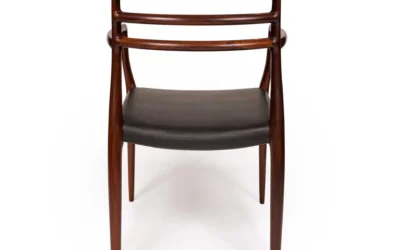
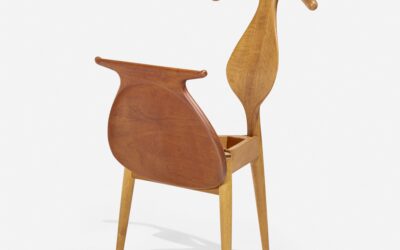


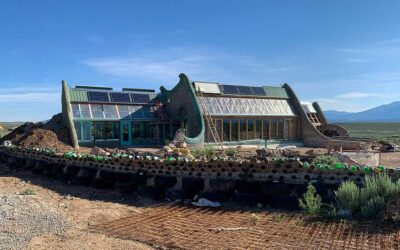
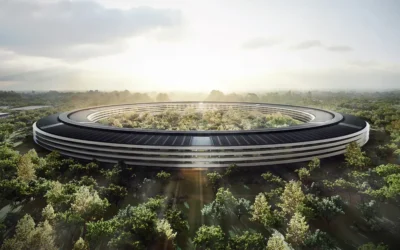
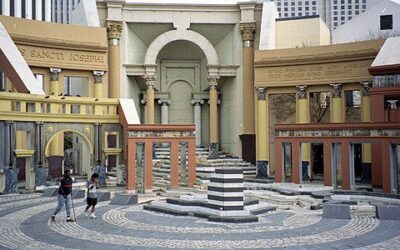
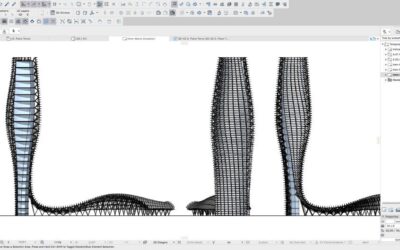
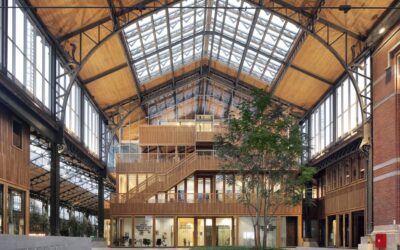
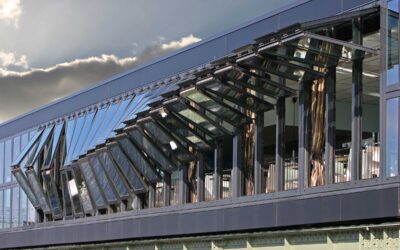

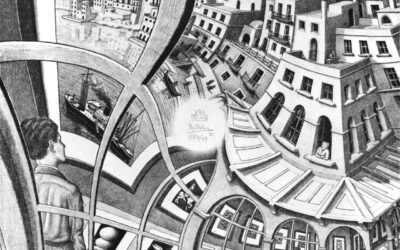

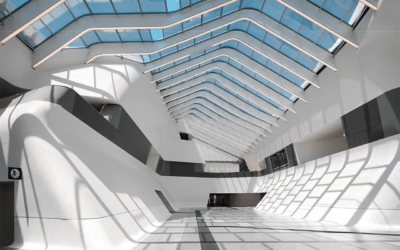
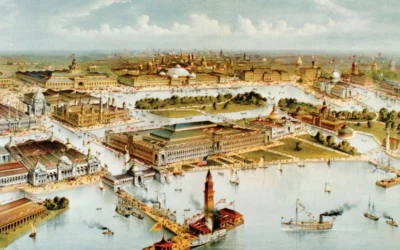
0 Comments